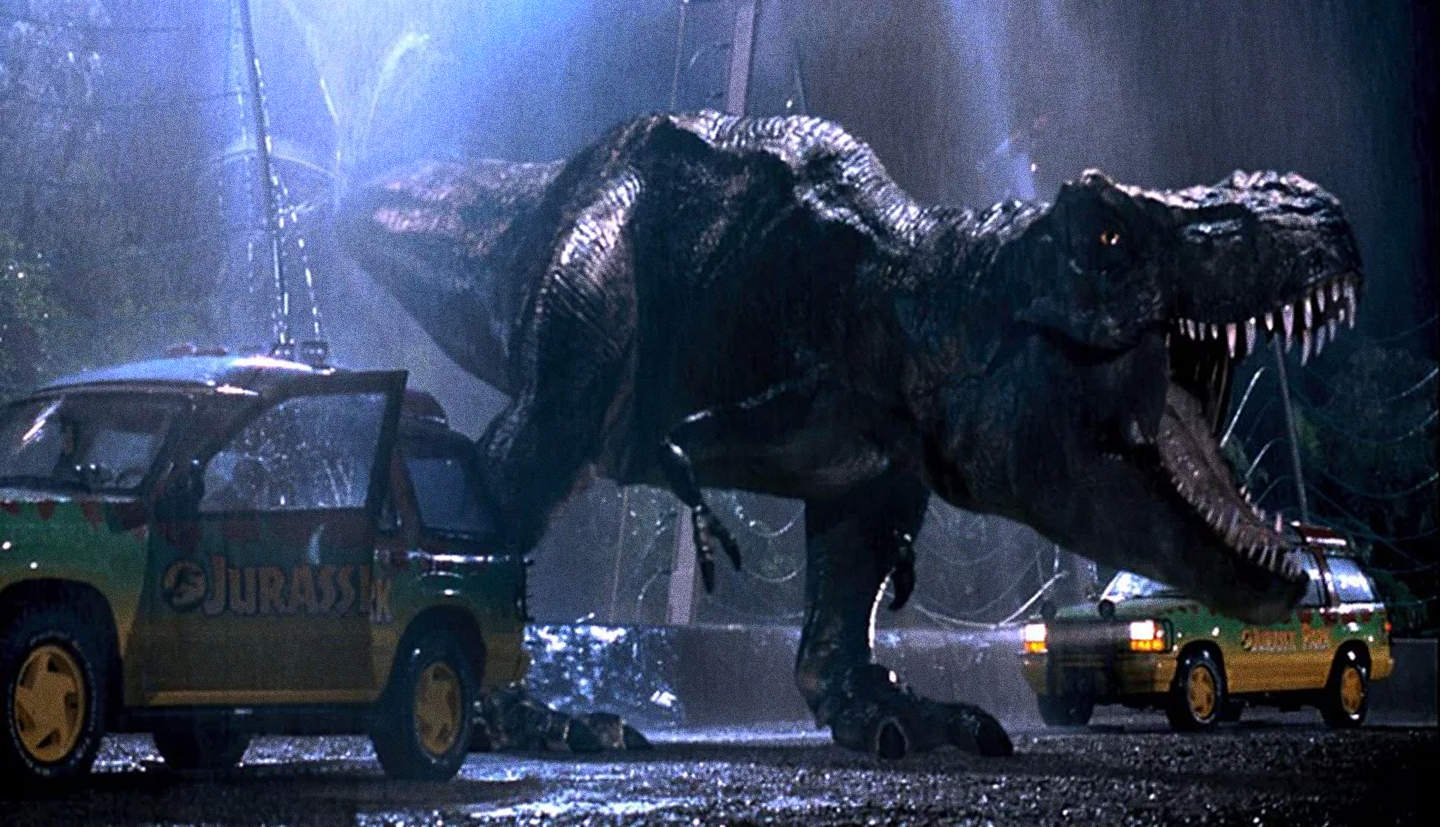In a world filled with movies and television sporting the latest trends in digital, data-driven effects, we tend to forget how good optical compositing and keen artistic interpretation will trump these digital hydras every time. Just because the data in the computer for a particular shot is accurate to the laws of physics, why does it still feel rigid and cold compared to the vinyl-aged practical effects? The art is missing. The art has been slowly cornered by science, rather than an artist interpreting a scene by instinct.
In a recent video that was reposted by Prolost (Stu Maschwitz’s blog) from a previous post on FX Guide, Dennis Muren, ILM legend discusses this trend toward data and away from art. We’re leaning too heavily into having the computer tween for us. Motion needs messiness.
When Stu references the T-Rex's big reveal in Jurassic Park there is a strong blue light shining from apparently nowhere in the real world, yet it works. Why is that? Artistic interpretation for heightened effect. We don’t go to the movies to watch a film. We go to the movies to be immersed within a film. This blue light washes the scene similar to a spotlight used in a stage play for heightening dramatic effect.
We are at a crossroads where the latest digital techniques need to be corralled back toward the arts. Science is a great foundation for a shot, but knowing when to bend the rules, and sometimes even break them in order for the shot to become memorable to the viewer is key. Most images on screen are too sharp and could use some blur. Yes degrade the imagery to look and feel more like the rolling falloff of film.
ABOVE IMAGE © UNIVERSAL PICTURES.
Visit Prolost.


